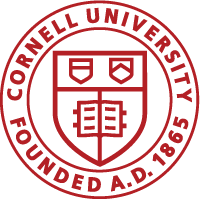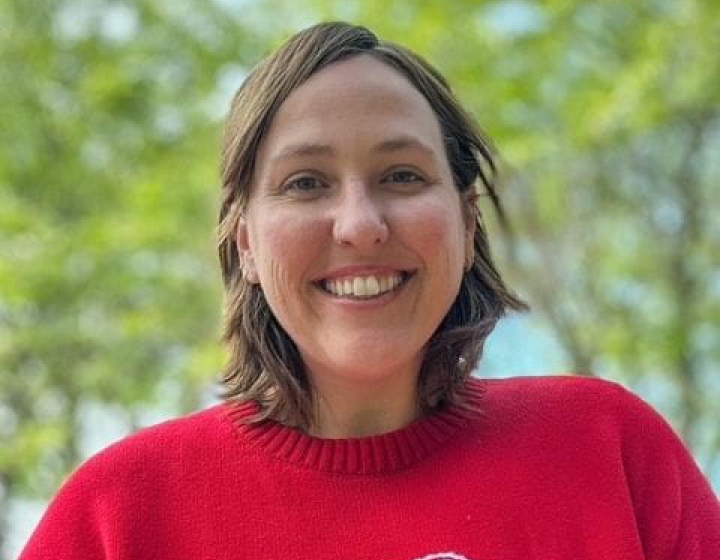Discovery Digest Fall 2025
From the bench to the clinic and to the field, our faculty are making discoveries that help create a healthier world for animals and people. Check out some of their recently published research below.
In “A “hazard model” using risk-weighted surveillance for first detection of chronic wasting disease,” published in Preventive Veterinary Medicine on October 2025, Krysten L. Schuler, Nicholas A. Hollingshead, Steven Heerkens, James D. Kelly, Jeremy E. Hurst, Rachel C. Abbott, Brenda J. Hanley, Eireann Collins, and Kevin P. Hynes developed a new surveillance model to detect of chronic wasting disease. The new model, dubbed “hazard model,” includes risk factors, such as certain human activities and deer population density, and improves the likelihood of early detection.
In a memo entitled “Clean Water: Protecting New York State Private Wells from PFAS,” published by the Federation of American Scientists on Aug 27, 2025, Danielle Yerdon, Fábio Iwashita and Alistair Hayden created a scenario analysis exploring the impacts and costs of a statewide program that would test private wells for PFAS – a initiative that was included among the priorities outlined in the annual State of the State address and that has been proposed in state legislation. The memo includes three recommendations for legislators to take preventative action against the serious health threats associated with PFAS exposure.
In a memo entitled “Turning the Heat Up On Disaster Policy: Involving HUD to Protect the Public,” published by the Federation of American Scientists on Aug 26, 2025, Keshika Gopinathan, Alistair Hayden and Grace Wickerson address extreme heat, one of the most damaging and economically disruptive threats in the United States. With most heat-related deaths occurring at home or among those without home, the memo offers recommendations to the federal Housing and Urban Development agency (HUD) in collaboration with partner agencies.
Bolded names: current employees of the College of Veterinary Medicine








